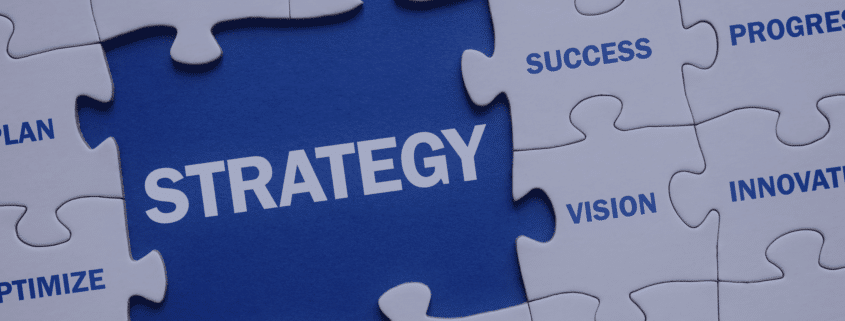The Future of IT Recruitment: Navigating the Tech Talent Pool in South Africa
The IT industry in South Africa is booming, creating a dynamic and competitive landscape for recruitment. The IT industry has a massive impact on recruitment services in South Africa. In this article, we will be discussing the future of IT recruitment in South Africa. As we delve into this fascinating topic, let’s navigate the intricacies of sourcing top talent in the tech world.
Evolution of IT Recruitment in South Africa
The South African IT sector has experienced a remarkable transformation. It has evolved rapidly from the early days of basic computer systems to the cutting-edge digital solutions of today. This metamorphosis has not only been technological but has also profoundly impacted the landscape of IT recruitment. In an era where digital capabilities are paramount, the demand for skilled IT professionals has skyrocketed, reaching unprecedented levels.
This demand has been a catalyst for significant changes in recruitment strategies. Gone are the days of traditional hiring methods; today’s IT recruitment landscape requires a more innovative, dynamic approach. The focus has shifted towards attracting not just competent individuals, but the best talent available — professionals who are not only technically proficient but also adaptable in the fast-evolving tech world.
The evolution of IT recruitment in South Africa is a story of adaptation and foresight. It reflects a sector that is continuously redefining itself, aligning with global trends while catering to local needs and nuances. Recruiters and companies alike are now tasked with not just filling positions, but with understanding the broader implications of technological advancements and how they transform job roles, required skills, and the overall work environment.
Innovative Recruitment Strategies
In the context of the future of IT recruitment in South Africa, recruiters and companies are not just filling positions. They are orchestrating a strategic alignment of talent with the dynamic needs of the industry. This alignment is achieved through innovative recruitment strategies. These strategies not only address the immediate skill requirements but also anticipate future trends and adaptabilities in the IT realm.
1. Leveraging Data-Driven Recruitment
One of the most impactful strategies in modern recruitment is the use of data analytics. By harnessing the power of data, recruiters can gain insightful predictions about candidate success, understand the effectiveness of sourcing channels, and tailor their approaches to target the most qualified individuals. Data-driven recruitment goes beyond traditional metrics, incorporating predictive analytics to foresee future trends in IT skills and roles, thereby ensuring that the talent pipeline remains robust and relevant.
2. Embracing AI and Automation in Talent Acquisition
Artificial Intelligence (AI) and automation are revolutionizing the recruitment process. From automated resume screening to AI-driven candidate matching, these technologies are enabling recruiters to handle large volumes of applications efficiently, identifying top talent faster and more accurately. More importantly, AI can analyze and predict skill trends, aiding recruiters in understanding how technological advancements might redefine job roles, thus preparing them to meet these future requirements.
3. Fostering Strong Employer Branding
In a competitive job market, a strong employer brand is essential. Companies that are seen as innovative, employee-centric, and aligned with future tech trends are more likely to attract top talent. Employer branding is about showcasing company culture and communicating a vision of growth and technological advancement, resonating with the aspirations of today’s IT professionals.
4. Building Talent Communities and Networks
Creating communities around specific tech skills or interests helps in building a pool of engaged potential candidates. These talent networks are vital for sourcing candidates with niche skills and for roles that are likely to emerge due to technological shifts. By fostering these communities, companies can tap into a ready pool of interested candidates who are already aligned with the company’s technological direction.
5. Focus on Skills and Potential Over Traditional Credentials
With the fast pace of technological change, the future of IT recruitment is always improving and traditional educational credentials are often outpaced by new skills and competencies. Innovative recruitment strategies focus more on a candidate’s skills, projects, and potential to adapt and learn, rather than just their formal qualifications. This shift is essential to keep up with the evolving nature of IT roles and required skill sets.
6. Offering Continuous Learning and Development Opportunities
Attracting top talent is just one part of the equation; retaining them is equally important. Companies must offer continuous learning and development opportunities, enabling employees to stay abreast of the latest technological trends and advancements. This not only aids in employee retention but also ensures that the workforce remains competent and competitive in a rapidly evolving tech landscape.
In conclusion, these innovative recruitment strategies are pivotal for navigating the tech talent pool in South Africa. By understanding the implications of technological advancements and proactively adapting recruitment methodologies, companies and recruiters can effectively align talent with the dynamic and ever-evolving needs of the IT sector.
Mastering the Tech Talent Wave: Innovative Recruitment Strategies for South Africa’s IT Sector
Iit’s clear that the industry is undergoing an exhilarating transformation. By embracing innovative recruitment strategies, businesses are not only responding to current demands but are also preparing for the uncharted territories of the tech world. However, navigating this dynamic landscape requires expertise, foresight, and a deep understanding of the evolving tech talent pool.
This is where MASA (Measured Ability South Africa) steps in. With their finger on the pulse of the latest trends and technologies in recruitment, MASA offers unparalleled expertise in connecting top-notch talent with leading companies. Discover the wealth of resources, insights, and opportunities that await you. Remember, in the fast-paced world of IT, the future of IT recruitment is expanding and staying ahead is not just an option; it’s a necessity. Visit MASA’s homepage today and take the first step towards securing your future in the ever-evolving tech industry.












